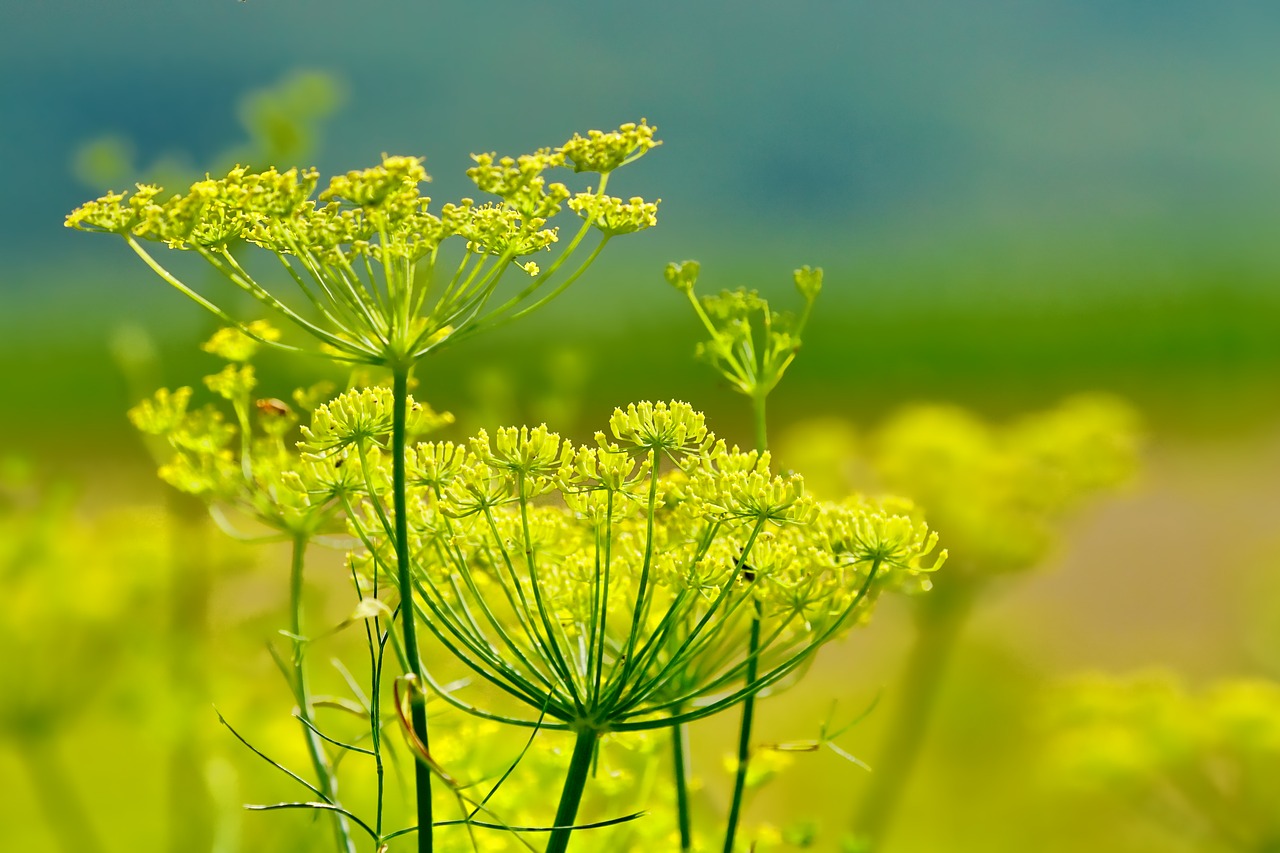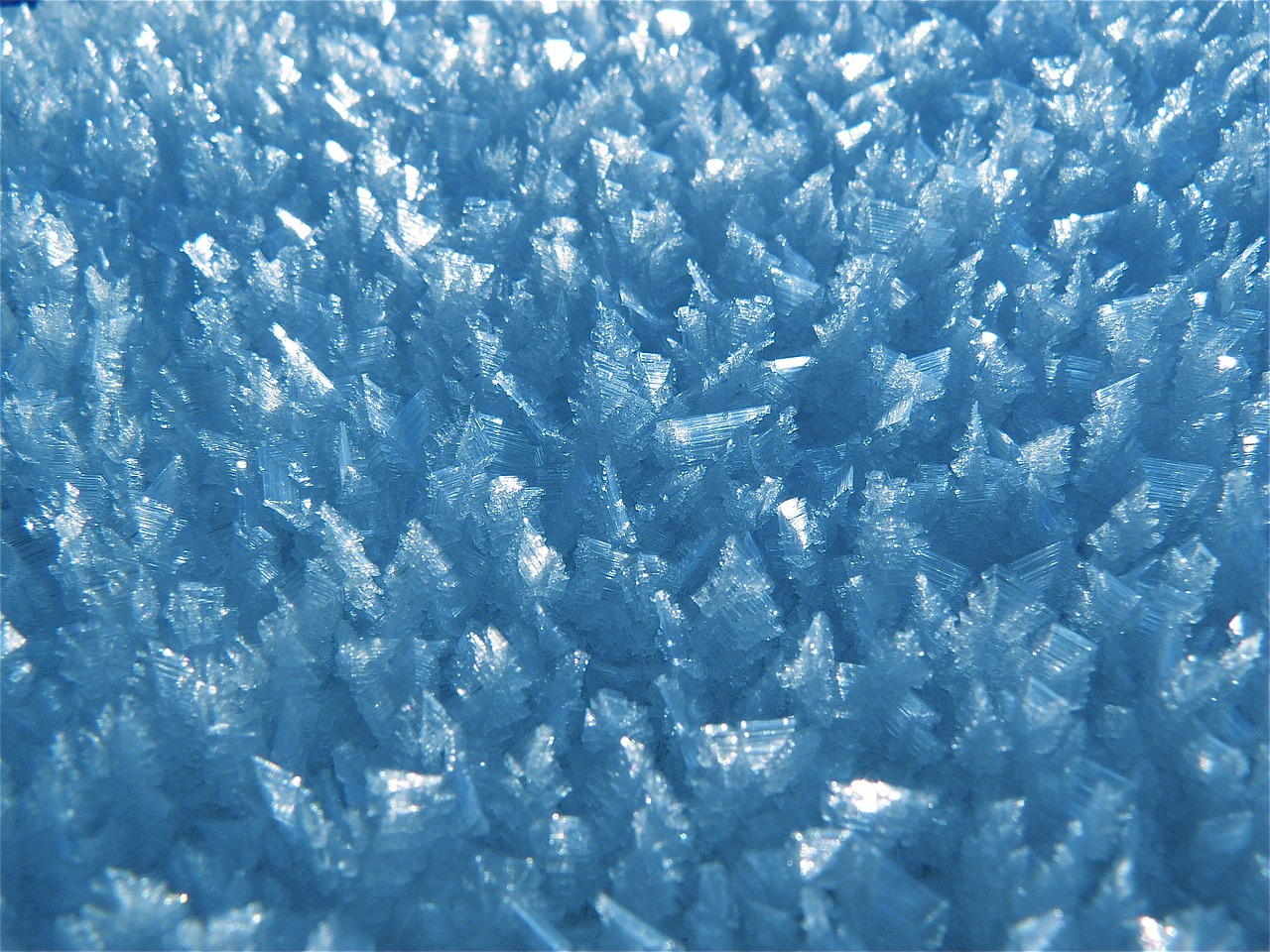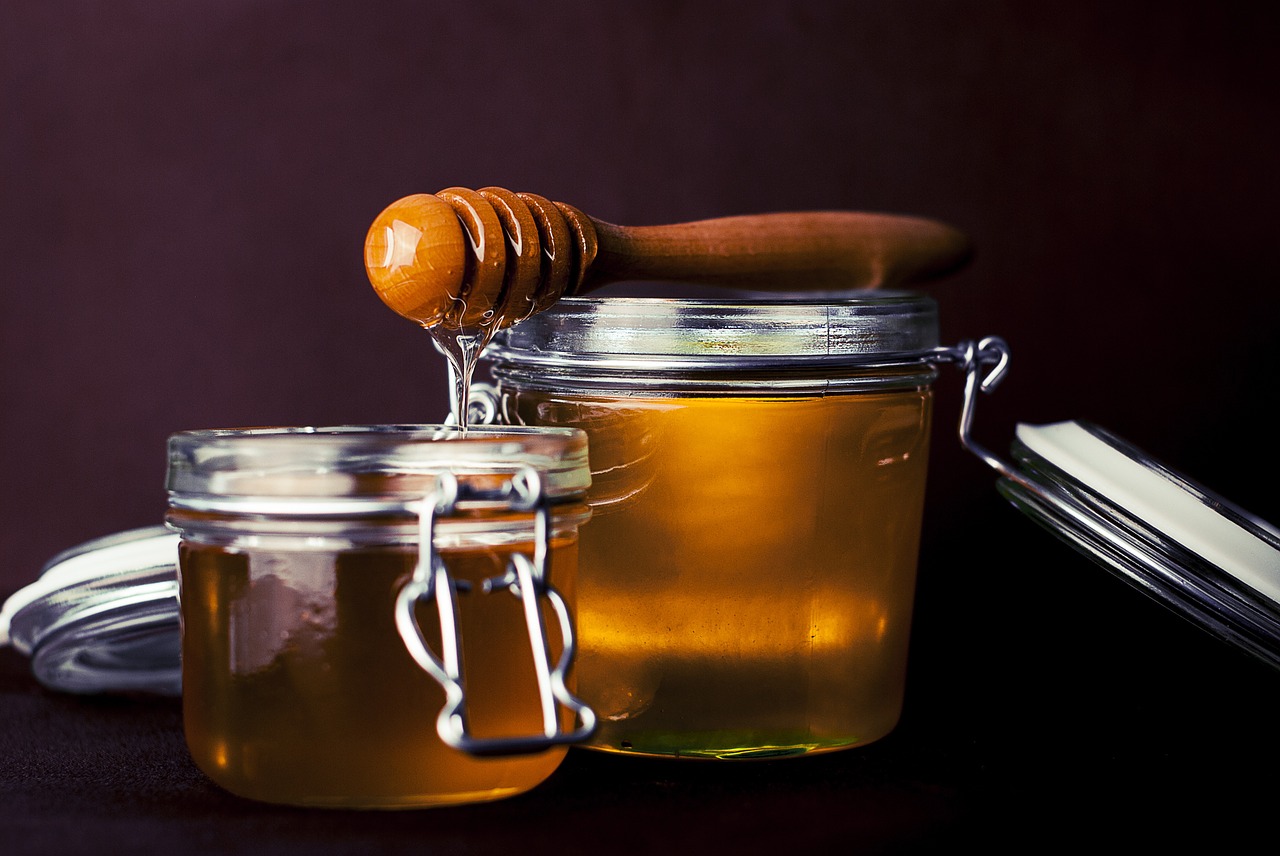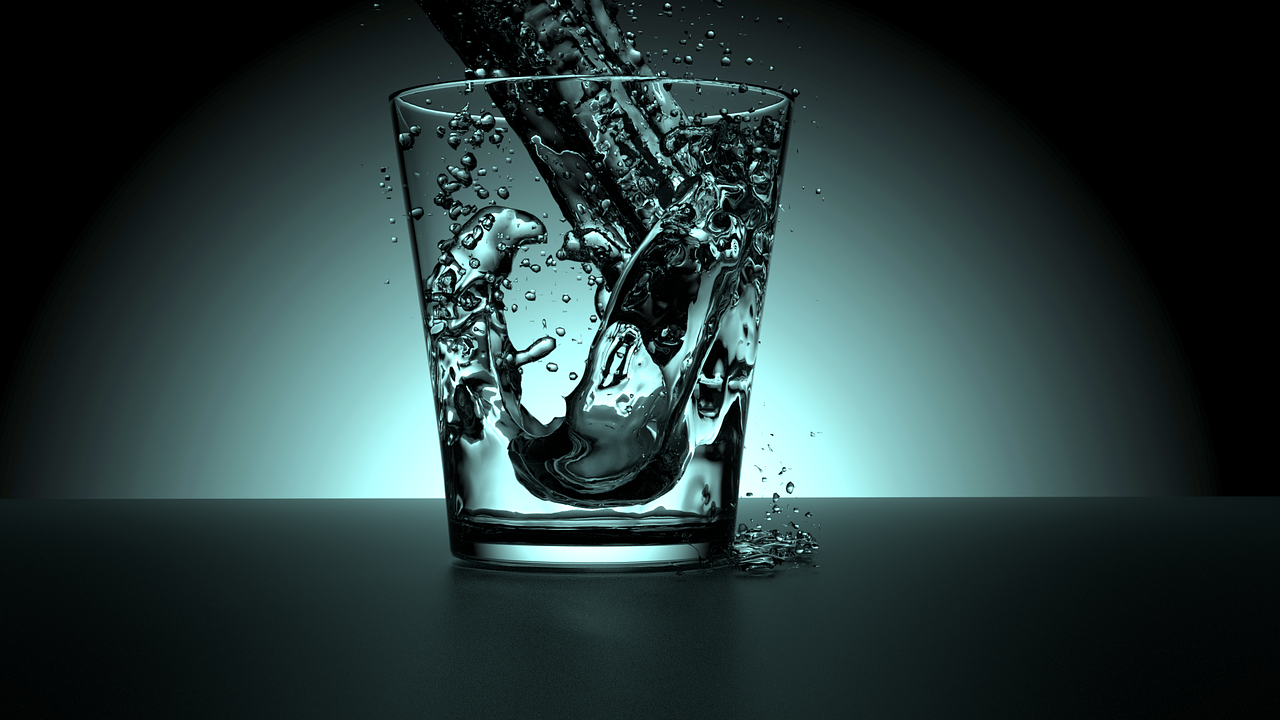7 weird science facts
by Scott Dutfield · 22/12/2019

1. Plants have friends and enemies
Recent studies suggest that plants behave differently depending on who their neighbours are. When surrounded by ‘friendly’ plants, including genetic relatives or helpful species that limit pests and weeds, they grow slowly, perhaps to share resources. But when they detect a rival such as fennel, which secretes chemicals to inhibit other plants, they grow far more aggressively. Plants recognise these friends and foes thanks to chemical signals emitted from their leaves or roots, and some studies even imply that plants can detect sounds produced by their neighbours. Plants can also alert their fellow flora to attacks from herbivores or parasites. When a tomato plant is attacked by aphids, for instance, it releases volatile chemicals into the air. The plants that pick up on these signals respond by producing their own chemicals to repel the parasites and even attract wasps that prey on aphids. Other species use symbiotic fungi living on their roots as messengers.

2. Hot water can sometimes freeze quicker than cold water
Observed by scientists as far back as 400 BCE, this uncanny phenomenon is called the Mpemba effect. Several theories attempt to explain it. Concentrations of solutes (which evaporate from hot water) could play a part, or it could be that frost forming on cold water insulates it from further cooling. Convection is also a likely culprit. Inside the freezer, the water touching the container walls cools quicker than water in the centre. This creates convection currents as warmer, less dense water rises. These currents are much stronger in heated water, where the temperature gradient is more extreme, helping it cool faster. More recent research has implicated that supercooling – the phenomenon in which water doesn’t always freeze at 0 degrees Celsius, but continues to cool by several degrees before ice appears – may play a role too. Some believe that initially cold water supercools more than hot water, although why that may be remains to be confirmed.

3. A candle flame is full of diamonds
Within a candle’s flickering flame, hydrocarbon molecules are converted into carbon dioxide. During this process, the carbon briefly takes the form of diamond nanoparticles. A whopping 1.5 million of these minuscule gems are created every second, but are burnt up almost instantly. Although harvesting these diamonds would be impossible, this recent discovery could lead to new methods for producing cheap jewels. Alongside diamonds, researchers were surprised to find the three other forms of carbon (fullerenic particles, graphitic and amorphous carbon) in the flame.

4. Honey has no expiry date
Honey’s low moisture content and high acidity create an inhospitable environment for the bacteria and other microbes that cause food to spoil. It also has traces of hydrogen peroxide, an effective antibacterial agent. If exposed to air, though, moisture can get in, so it needs to be kept in a sealed container to last indefinitely.

5. There is 0.2mg of gold inside us
We absorb small amounts of gold from our environment, but it serves no known purpose. Largely inert, it is non-toxic in small doses. Gold compound sodium aurothiomalate can, however, reduce inflammation in arthritis patients, although its mechanism of action isn’t fully understood. Researchers are currently investigating the use of nanoparticles equipped with antibodies which could latch on to cancer cells to help speed up diagnosis.

6. The faster you move, the heavier you get
Einstein discovered this with his theory of special relativity. As an object picks up speed it gains kinetic energy, which causes its mass to increase, as described by his famous E=mc2 equation. At the speeds humans travel at the change in mass goes unnoticed, but as an object comes close to the speed of light the effect is undeniable. Particle accelerators like the Large Hadron Collider propelling protons at almost the speed of light, for instance, need to take their increased mass into account. One consequence of this is that no object can travel at the speed of light – the faster it gets, the more mass it acquires and the more energy it needs. In other words, you’d need infinite energy to push it to light speed.

7. There are more molecules in a cup of water than cups of water in the oceans
Earth’s oceans contain approximately 1.3 billion cubic kilometres (312 million cubic miles) of water, which equates to 5.2 x 1021 250-millilitre cups. A cup of water, meanwhile, contains a jaw-dropping 8.4x1024 H2O molecules – that’s over 1,000 times more molecules than cups!
This article was originally published in How It Works issue 54
For more science and technology articles, pick up the latest copy of How It Works from all good retailers or from our website now. If you have a tablet or smartphone, you can also download the digital version onto your iOS or Android device. To make sure you never miss an issue of How It Works magazine, subscribe today!





